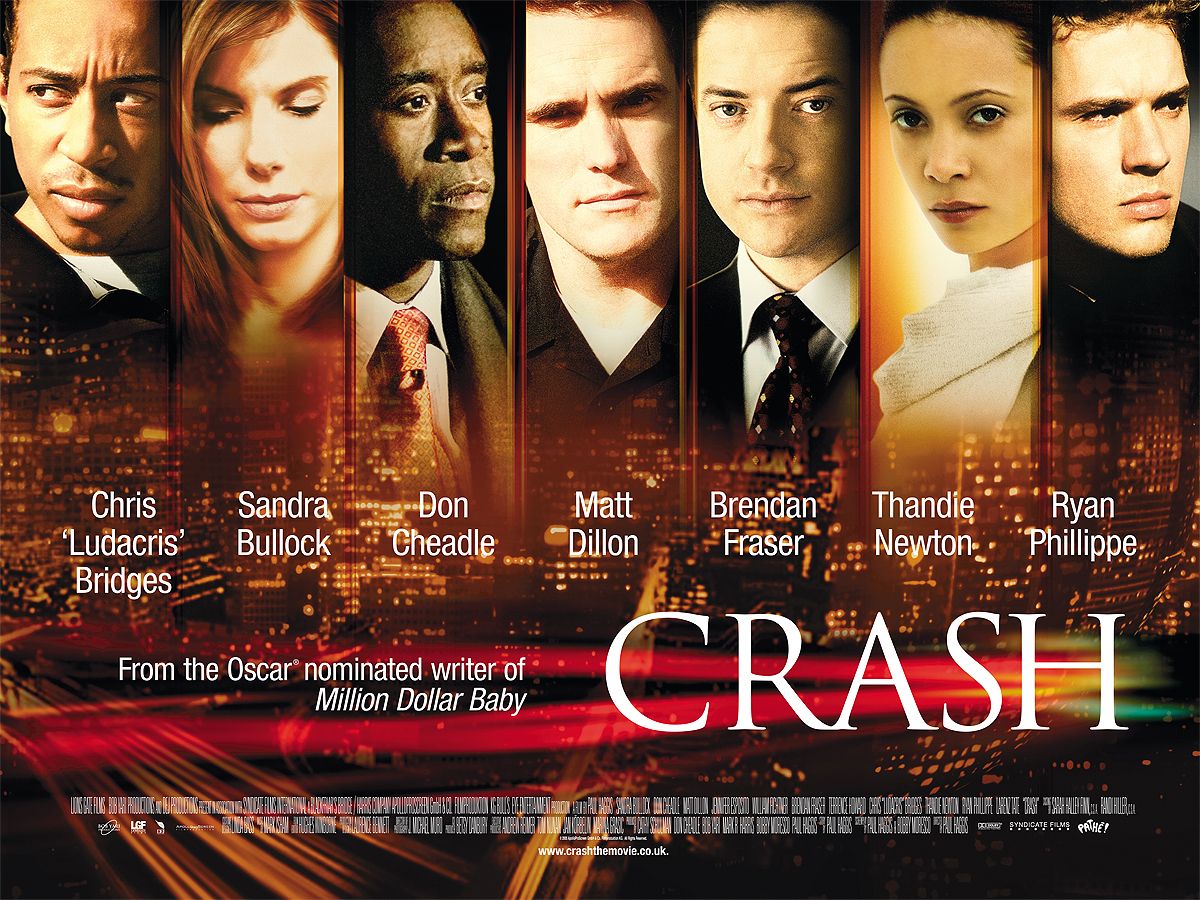
Mission Impossible: Rogue Nation is kicking it at the box office and getting great reviews. And I can confirm that it is fantastic. If you like action movies or spy thrillers at all, you should see it. You’ll love it. But after you see it, I would like to spoil your fun by unfurling my feminist criticism.
Rogue Nation has a great central female character in Rebecca Ferguson’s Ilsa Faust. The Daily Beast calls Ferguson “The Second Coming of Lauren Bacall” and, astonishingly, that passes the smell test. Ilsa is the kind of gal who can run at breakneck speed in heels but is also practical enough to take them off before jumping off a roof: the perfect spy movie fantasy of a woman. And Ferguson plays her with enough mystique we spend the whole movie never quite sure which side of the Bond Girl Axis (good girl who is actually bad vs. bad girl who is actually good) she’ll land on. Ilsa is so captivating that I didn’t even notice until I got home that she was the only named female character in the movie. The only other woman with any dialogue, “Shop Girl,” is killed off within a minute or so. Rogue Nation is the perfect example of a movie that fails the Bechdel Test BADLY, while patting itself on the back for presenting a “strong female character.”
I decided to look back at the previous entries in the nearly 20-years-running Mission Impossible franchise to see how women have fared overall. The news isn’t great.

Mission Impossible (1996)
Number of named female characters: 4
Named female characters who survive the film: 1 (not main female character)
Women of color: 0
Bond Girl Axis: Good girl is actually bad.
Love Interest for Tom Cruise: Yes
Bechdel Test: Fail (second prong)

Mission Impossible II (2000)
Number of named female characters: 1 (seriously, just one)
Named female characters who survive the film: 1
Women of color: 1 (main female character, obviously)
Bond Girl Axis: Bad girl is actually good.
Love Interest for Tom Cruise: Yes
Bechdel Test: Fail (first prong)

Mission Impossible III (2006)
Number of named female characters: 3
Named female characters who survive the film: 2
Women of color: 1
Bond Girl Axis: Not applicable. All women are what they seem (all three good).
Love Interest for Tom Cruise: Yes
Bechdel Test: Fail (third prong)

Mission Impossible: Ghost Protocol (2011)
Number of named female characters: 3 (one a cameo, without dialogue)
Named female characters who survive the film: 2
Women of color: 1 (main female character)
Bond Girl Axis: Not applicable. All women are what they seem (two good, one bad).
Love Interest for Tom Cruise: Only in cameo
Bechdel Test: Near-pass (do grunts during a fight count as a conversation?)

Mission Impossible: Rogue Nation (2015)
Number of named female characters: 1
Named female characters who survive the film: 1 (2 unnamed characters die)
Women of color: 0
Bond Girl Axis: [Spoiler] Morally ambiguous girl is actually good.
Love Interest for Tom Cruise: No
Bechdel Test: Fail (first prong)
Some obvious themes emerge: There are shockingly few women in the Mission Impossible movies, they generally don’t interact, and a lot of them die.

What is worse is that even when female characters survive to the credits, they generally don’t appear in the following sequels (with no explanation of where they’ve gone). Thandie Newton’s Nyah, the only woman in Mission Impossible II, ends the film as the ally and lover of Cruise’s Ethan Hunt. She’s never spoken of again. Maggie Q’s Zhen in Mission Impossible III and Paula Patton’s Jane in Ghost Protocol were both women of color working alongside Ethan; they’re not secretly evil, they don’t die, they aren’t his love interest (maybe Nyah disappeared because it was a bad breakup?). But when the next movie comes around, they’re not on his team anymore. Sure, we never see the character Jonathan Rhys Meyers plays in Mission Impossible III again, either, but he is one of countless white dudes in the franchise. As you can see above, women in the franchise are so countable that a two-year-old would be like, “I got this.”

The only woman who appears in more than one Mission Impossible movie is Michelle Monaghan’s Julia, who marries Ethan in Mission Impossible: III and promptly becomes a damsel in distress. Bad Guy Philip Seymour Hoffman’s first words to Ethan are, “Do you have a wife or a girlfriend? Because if you do, I’m going to find her and I’m going to hurt her.” So even though Mission Impossible: III arguably does the best by women, it leans heavily on the trope of women in refrigerators (Ethan is also tormented by failing to save his protégé Lindsey Farris, played by Keri Russell). At the start of Ghost Protocol we’re led to believe Julia was killed off-screen between movies, but she is revealed to be secretly alive in the final scene. Not alive enough to have any dialogue, though. Which means surviving to make a silent cameo is the best any woman in five Mission Impossible movies has done.
Which doesn’t make me optimistic for Rebecca Ferguson’s future with the franchise. Even if she does show up in the next Mission Impossible movie (they are planning a sixth), it will be frustrating that a white woman is the first to manage that. Or maybe Jane and Zhen will team up with Ilsa and Nyah in the next movie to save Ethan from mortal peril? There’s still time to write that movie, Hollywood.



